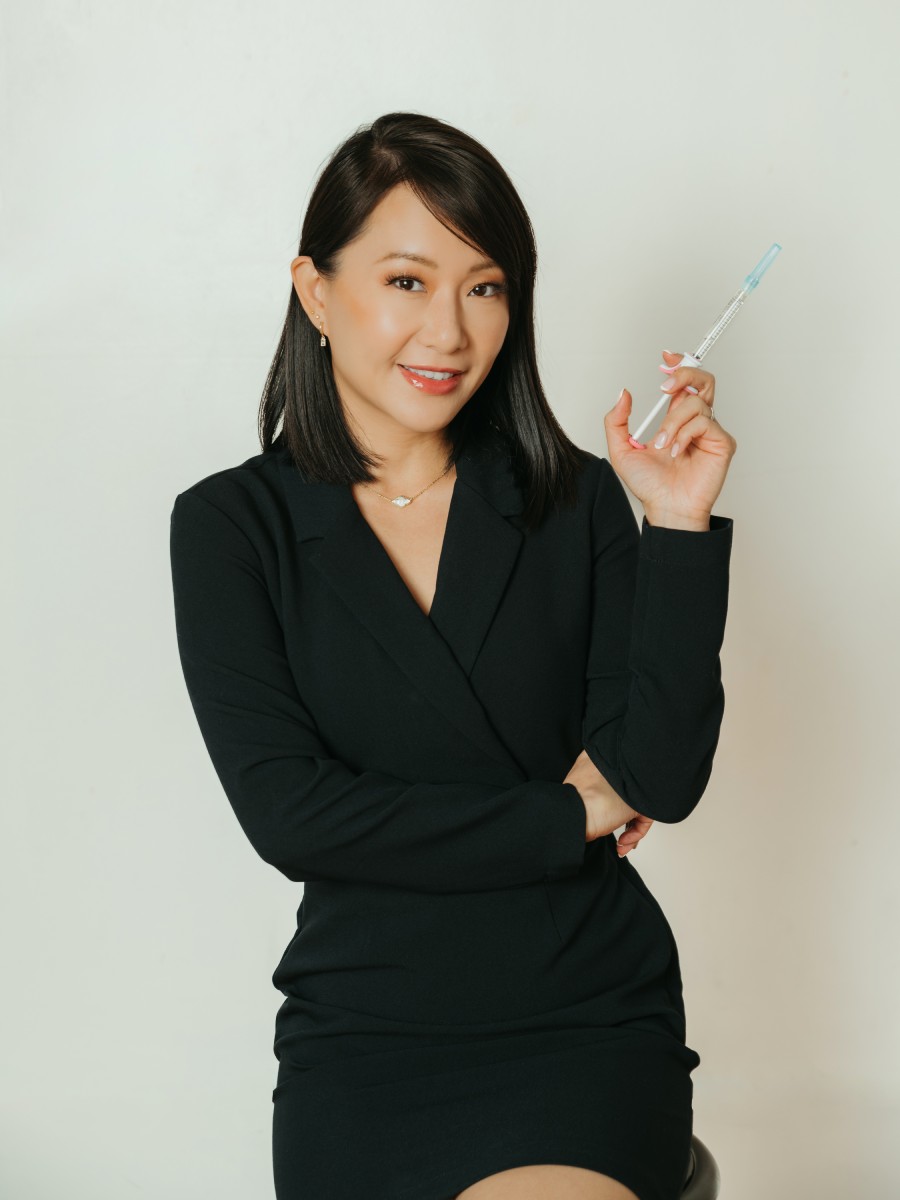Photoaging
Photoaging refers to skin damage caused by prolonged exposure to the sun's UV rays, manifesting as wrinkles, spots and loss of elasticity.
What is Photoaging?
Photoaging is a term that describes the visible signs of skin aging caused by prolonged exposure to the sun’s harmful ultraviolet (UV) rays. It includes conditions such as wrinkles, age spots, leathery texture, and sagging skin - changes that can make one appear older than they really are.
The Science Behind Photoaging
The process begins when UV radiation penetrates the skin surface, damaging cellular DNA and triggering the release of free radicals. These unstable molecules contribute to collagen degradation - a crucial protein that maintains our skin’s elasticity and firmness. Over time, this leads to visible skin damage such as fine lines, wrinkles and uneven pigmentation.
The Impact of UVA and UVB Rays on Your Skin
Sunlight consists mainly of three types of rays: UVA, UVB, and UVC. While UVC gets absorbed by the ozone layer and doesn’t reach us, both UVA and UVB play a significant role in photoaging.
UVA rays, which make up 95% of sunlight reaching the earth’s surface, penetrate deeper into the skin than UVB rays. They directly harm the collagen fibers in our dermis (middle layer of skin), leading to immediate tanning but also long-term signs of aging.
On the other hand, UVB rays are responsible for sunburn and the most dangerous skin cancers. Although they contribute less to photoaging compared to UVA rays, their impact can still be severe.
How to Prevent Photoaging
Preventing photoaging is primarily about sun protection. Here are some strategies:
- Wear Sunscreen: Apply a broad-spectrum sunscreen with an SPF of 30 or higher every day.
- Cover Up: Wear wide-brimmed hats and UV-blocking sunglasses.
- Seek Shade: Stay indoors during the peak sun hours (10 am - 4 pm).
Proper skincare routine including a good antioxidant serum can also help neutralize free radicals and keep your skin looking youthful and radiant.
It’s never too late to start taking care of your skin. By understanding photoaging and taking preventative measures, you can slow down this process and maintain a healthy complexion for years to come.

